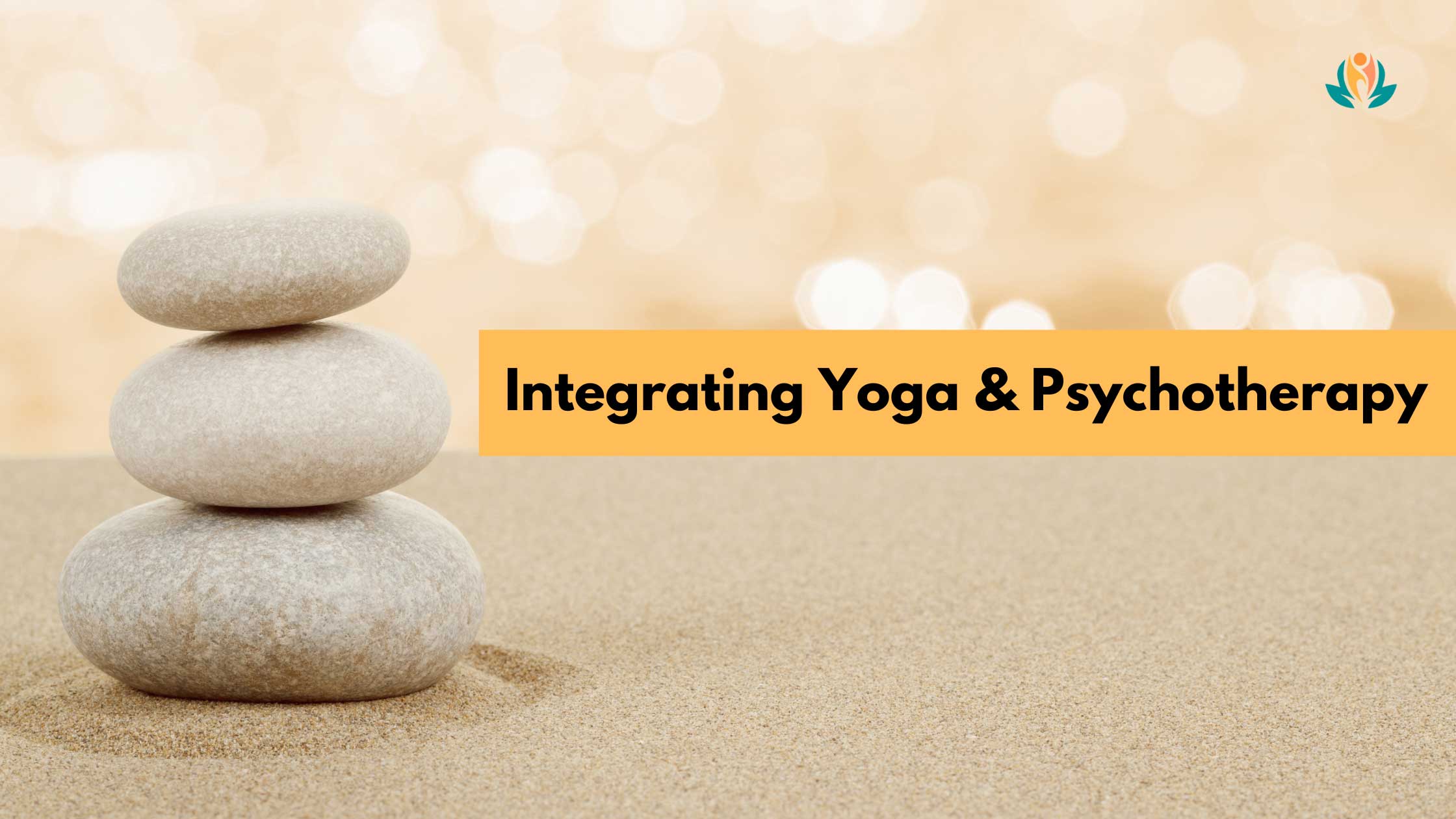By Amanda Sacks, LMSW, RYT 500
The Connection of Yoga and Psychotherapy
While yoga is commonly thought of as a physical practice, it has had the ability to transform the way we understand and approach our thoughts and feelings. As a yoga student and as a yoga teacher, I’ve learned how to integrate insights from an ancient practice into everyday living. Whether dealing with low-level stressors or more impending challenges, yoga has supported my mental health drastically since I committed to learning about the practice, and about myself, during my first teacher training in 2009.
In my work as a psychotherapist, I’ve had the full circle opportunity to blend movement, meditation and breathing techniques into my work with individuals and while leading support groups. I’ve been able to witness firsthand the impact that happens when I guide clients from more traditional talk therapy and provide opportunities for them to experience their mind-body connection.
I invite you to bring attention to where you are right now, as you’re reading this post. Take a moment to pause, draw your breath in on your next inhale mindfully and commit to reading the following lines slowly and notice if any desire to continue on with other responsibilities or urges arise.
Look around and notice your surroundings (yes look away from your screen), maybe gaze for a few seconds longer at something you’re not normally aware of. Hear the sounds inside and outside of your space, in and out of your control. Begin to recognize any sensations occurring in your body and any areas where you might be holding tension. As you observe these parts of your body, resist feeding any critiques or judgments, instead gently recognize what comes up for you. Right here, right now.
Consider your breathing patterns. Is your breath moving fast or is it moving slow? Is it deep or shallow? Place attention on inhaling through your nose, and exhaling through your nose. Count to four as you breathe in, hold the breath for four counts, exhale the breath for four counts, and hold the breath for four. Inhale, two, three, four. Hold, two, three, four. Exhale, two, three, four. Hold, two, three, four. Continue this pattern for a few cycles as you allow your eyes to soften or close.
What does it feel like to check in with your body in this way? To recognize your breathing patterns? What thoughts arise as you go through this process?
Sama vritti, or “equal parts breath,” is one of many practices that can calm and support the nervous system with grounding, especially during times of stress or anxiety. Yes, breathing tools promote relaxation. They are also a way to support clients with accessing emotions on a deeper level, as our bodies, minds and thought patterns are intricately connected.
Want to learn more? Join Amanda on Friday November 4th from 12:00pm-2:15pm ET for Bhava’s Continuing Education Course: Integrating Yoga & Psychotherapy for Anxiety.



